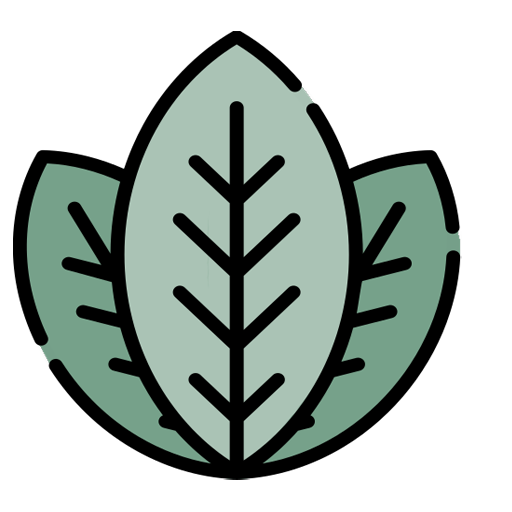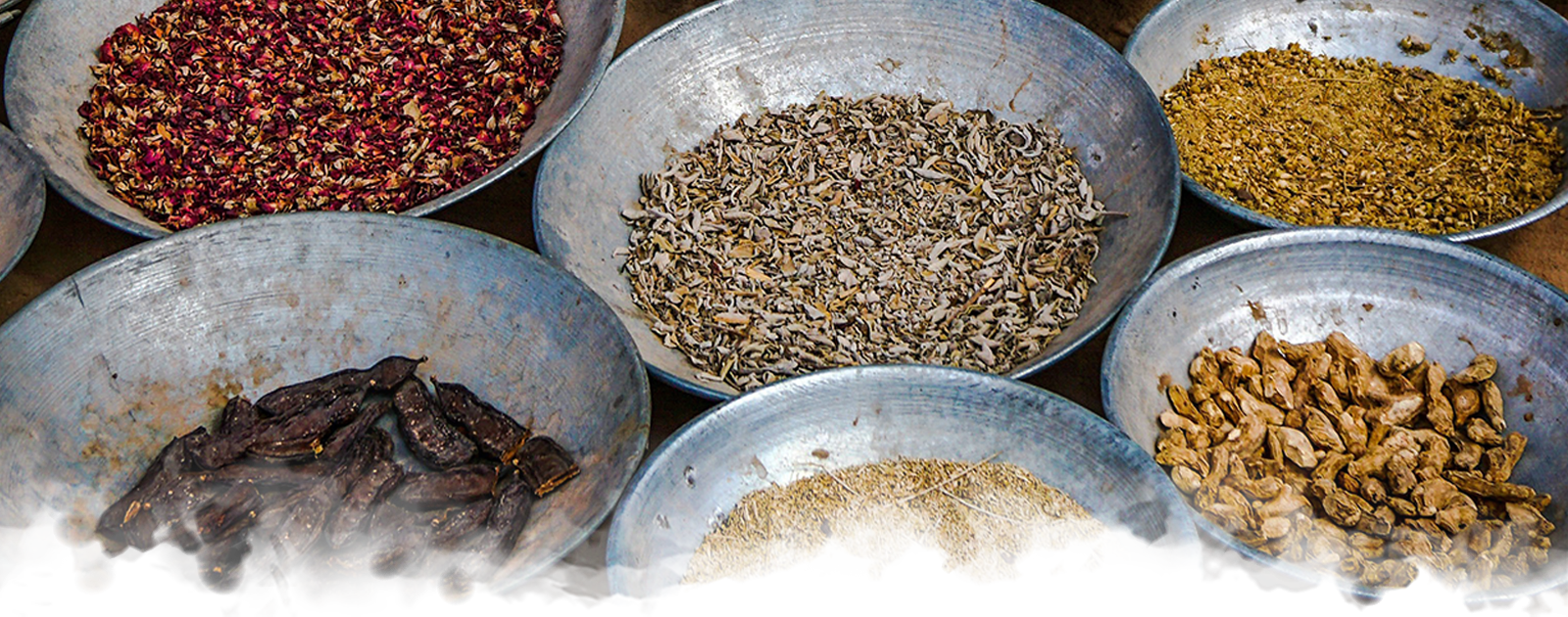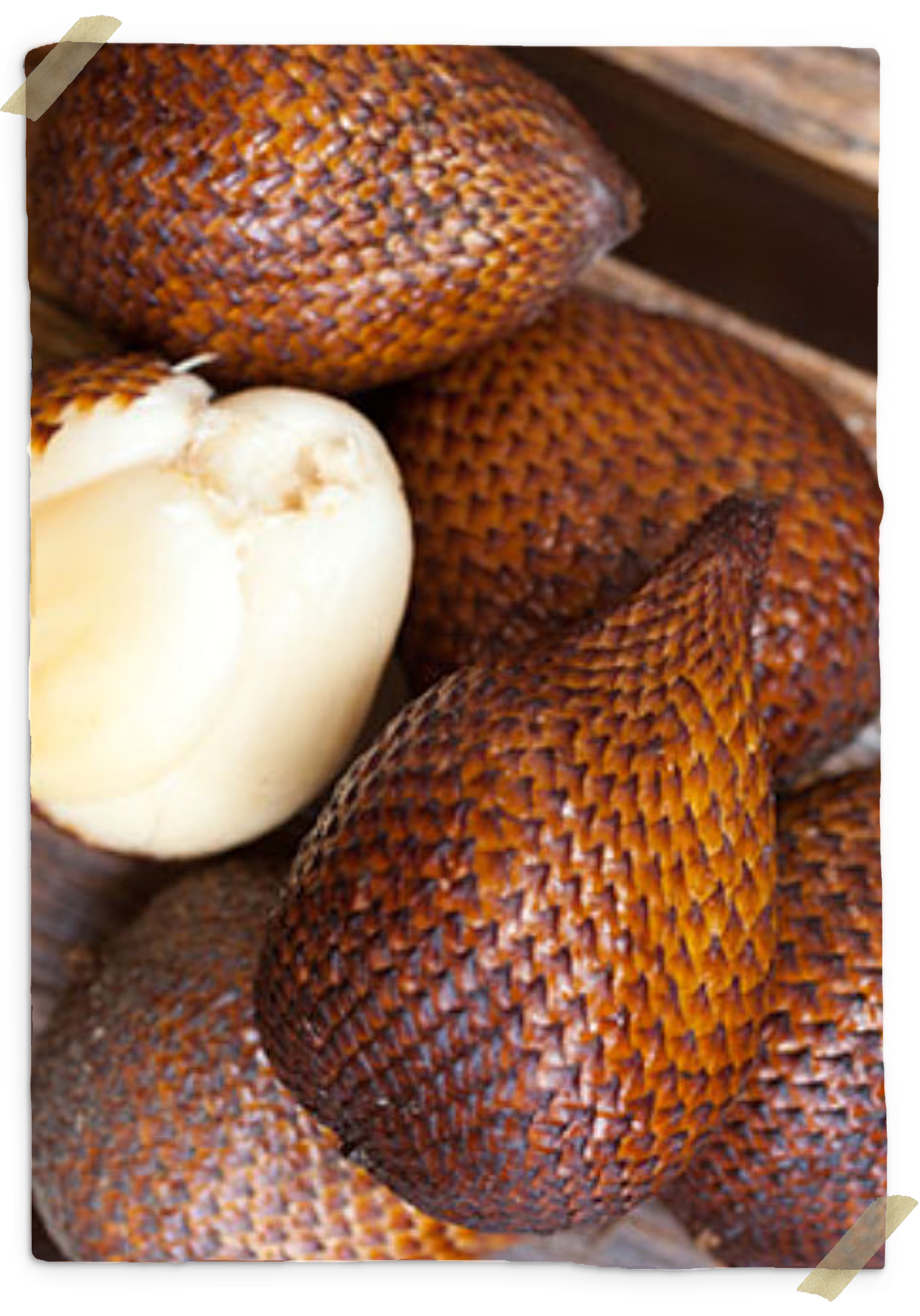Qiao'hon
The Sweet Gold of Southern Tolara
Description
The Qiao'hon tree, unlike many others in the Ajda-Donesh Basin and Nang Kap'ahu Delta, is short- averaging between 15 to 20 ft (49 to 65 m) tall. Though like the surrounding trees, it has a wide canopy that spreads out to garner as much sunlight as possible in the dense undercanopy of its native region. The leaves of this canopy are thick and waxy, almost like that of a succulent, and retain water well- a necessary adaptation as their fruit required a lot of water to grow. Its small trunk, which averages between 5 and 8 ft (4.5 to 06 m) in diameter, is covered in a thick layer of bark. This can be peeled back to expose a softer underbark without damaging the tree. During the dry season, however, this bark becomes covered in thick pustules which eventually form into its signature fruit in the late cold season. Before producing fruit, during heavy periods of rain, the Qiao'hon produces hundreds of tiny, waxy petaled flowers often called Qia Blossoms. These range from white, to light pink, to a deep purple in color, sometimes on the same tree. Since the fruit does not grow from these flowers, however, Archivists are baffled as to why the Qiao'hon flowers at all. Still, these flowers give off a lovely floral aroma during bloom, enticing numerous bugs to the trees. As a result, Archivists theorize the flowers are produced solely as a food source for the region's insects- a theory considered to hold significant weight since several species (such as the Hao'yin Butterfly and Ila'vis Beetle) rely on the flowers as their only food source.Fruiting Tree Domestication
None Lifespan
100 years Average Height
15 to 20 ft
4.5 to 06 m Average Canopy
20 to 30 ft
06 to 09 m Average Trunk
5 to 8 ft
1.5 to 2.5 m Average Yield
300 fruit























What a complete article! You really went deep into the details of the tree and the fruit, I love it! The way you use spoilers and the overall layout of your articles is amazing too! A real inspiration when crafting materials. There's just one thing buzzing me with the conversion from ft to m: did you mean centimetres instead of metres or am I just confused? Anyway, great job with the Qiao'hon!
Hm. You know, I double checked the calculations and I'm not entirely sure what that was meat to be, there; this is an old repost from a backup, and is about 2 years old or more now, ha. I've corrected it TO meters, now, however. Thanks for that! Glad you loved it! You might check out Milonan Silk, then- or some of my fauna, too! I've done 3 so far: The Oelot, Stoagan, and Bahar ... Or if you like constructs, there's the Archival Spirit (which I personally adore).
⤳ Buy me a Ko-fi
⤳ Join My Discord